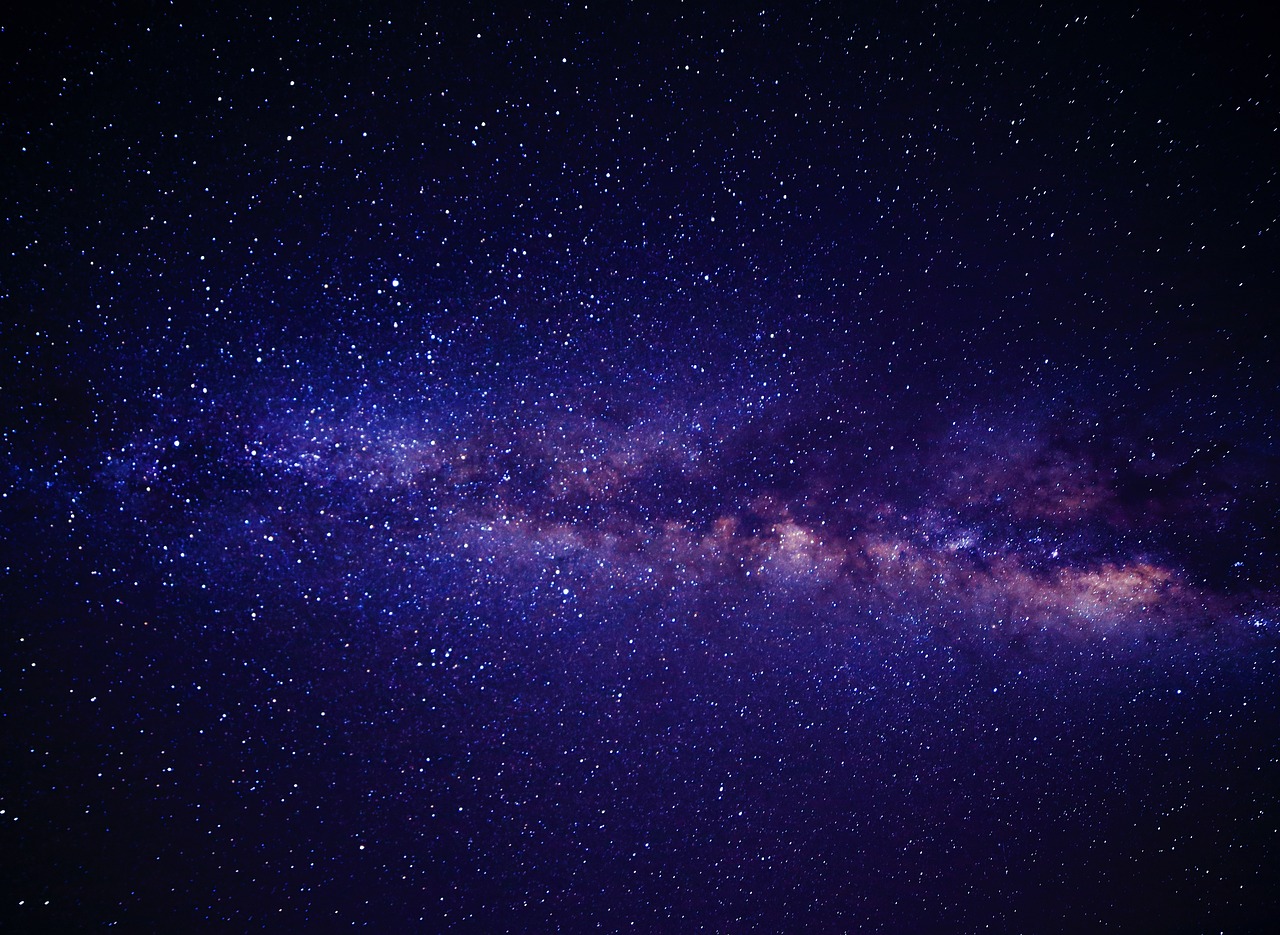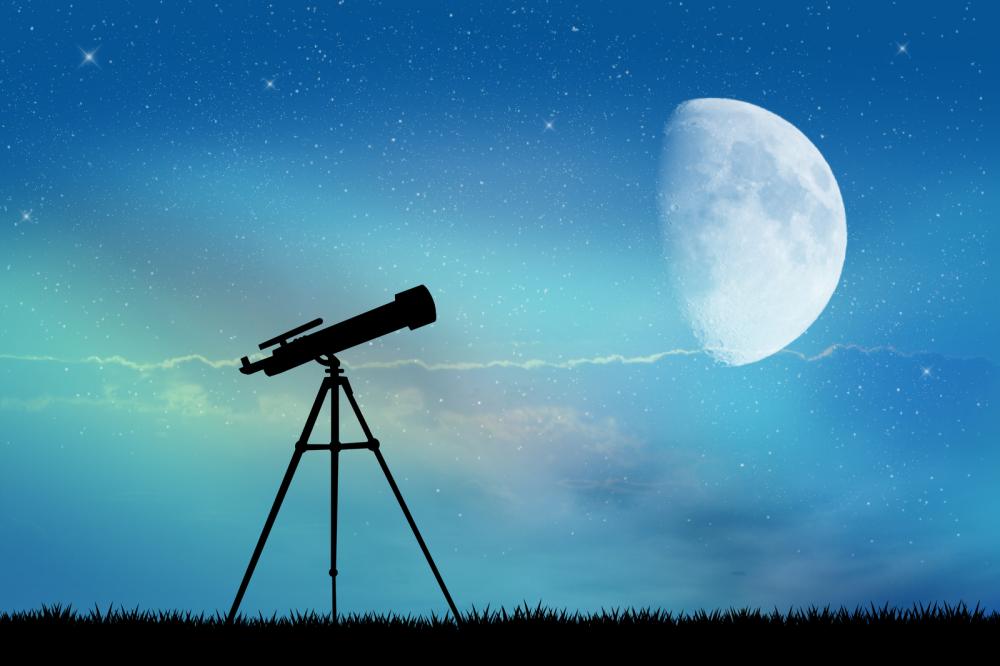
Evidence indicates that people were interested in observing and understanding the sky and the celestial objects thousands of years ago. For example, the 4000 year old Stonehenge, in southern England was believed to be built to predict the positions of the sun and the moon.
Written records of astronomical observations left by the ancient Babylonians, Egyptians and the Chinese exist today. During 1300’s B.C., Chinese astronomers mapped the positions of the stars and recorded the eclipses. By about 700 B.C., the Babylonians were predicting when the planets would appear closest and farthest from the sun. The ancient Egyptians determined the beginning of springtime by the position of the brightest star in the sky, the Sirius.
Pythagoras, a Greek philosopher and scientist who lived about 500 B.C., reasoned that the earth was round. During the A.D, 100’s Claudius Ptolemy, a Greek astronomer who lived in Alexandria, Egypt published a work called the Almagest promoting the idea that the planets, the sun, moon and the stars all revolved around the earth.
Astronomers accepted Ptolemy’s geocentric (earth-centered) theory for over 1500 years until Nicolaus Copernicus’s revolutionary heliocentric (sun-centered) theory, that the earth and the other planets revolved around the sun, took hold. So began the Modern Astronomy.
Amita Vadlamudi maintains several other web sites, including the following:
http://www.slideshare.net/amitavadlamudi
https://amitavadlamudi.wixsite.com/mysite
http://amitavadlamudi.weebly.com
https://amitavadlamudi.wordpress.com

